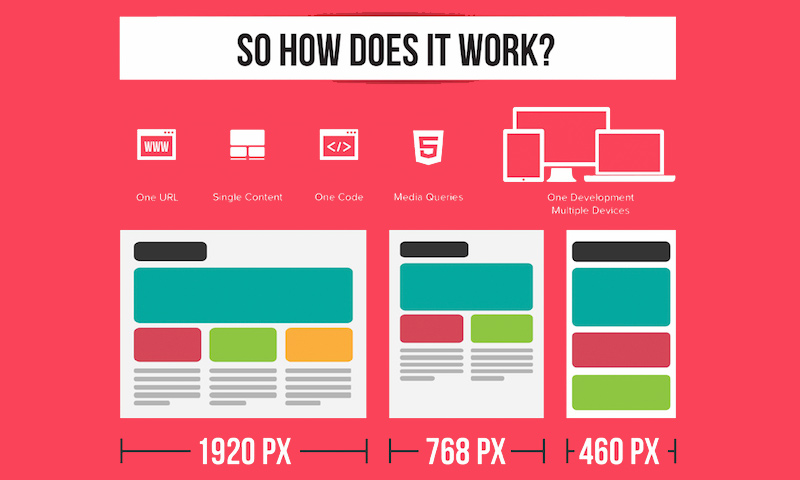Basic Facets Of Web Design: Standards For Establishing A User-Centric Website
Basic Facets Of Web Design: Standards For Establishing A User-Centric Website
Blog Article
Write-Up By-Scarborough Ehlers
When it comes to internet site design, guaranteeing user-friendliness is crucial. From responsive design to structured navigating, every element plays a vital function in producing a website that accommodates your target market's requirements. But what concerning the finer information that can make or break a customer's surfing experience? Keep tuned as we discover some often-overlooked suggestions that can raise your web site's functionality to the next level, making it absolutely stick out in the digital landscape.
Relevance of Responsive Layout
Responsive design is a crucial facet of modern site development. Guaranteeing your website is responsive means that it can adjust to different display dimensions and devices, supplying a smooth experience for users.
With the enhancing use of smart devices and tablets to access the net, having a responsive design is vital for reaching a bigger target market. It aids in improving customer experience by making your website simple to browse and read on any type of tool.
Furthermore, Recommended Website can positively influence your online search engine rankings, as search engines like Google focus on mobile-friendly websites. By having a receptive style, you're additionally future-proofing your website, as brand-new devices with varying screen sizes remain to emerge.
Simplify Navigating Framework
To boost individual experience and facilitate easy accessibility to information on your site, improving the navigation framework is paramount. When making your website, focus on creating a clear and intuitive navigation menu that assists visitors discover what they're seeking rapidly.
Limit the number of menu items to the basics, grouping related web pages together to stay clear of frustrating users. Usage detailed tags that plainly show the content of each page, making it less complicated for customers to understand where each link will take them.
Consider applying dropdown menus for subcategories to prevent jumbling the major navigating bar. In addition, consist of a search bar prominently on the page for users that prefer looking for specific information.
browse around this website on mobile responsiveness in your navigation design to make certain very easy accessibility on all gadgets.
Maximize Page Tons Speed
Improving web page load rate is vital for preserving visitors on your web site. Slow-loading pages irritate users and can cause high bounce rates. To enhance https://www.forbes.com/sites/forbesagencycouncil/2017/07/11/15-simple-tips-for-improving-local-seo/ , start by enhancing pictures. Press images without compromising quality to minimize their data sizes.
In addition, make it possible for internet browser caching to save often accessed resources in your area, accelerating lots times for returning visitors. Minify CSS, JavaScript, and HTML documents by removing unneeded personalities, remarks, and formatting, improving tons rate.
Consider making use of a web content delivery network (CDN) to distribute your web site's web content throughout numerous servers worldwide, minimizing latency for individuals accessing your site from different places. Lastly, restrict making use of third-party manuscripts and plugins, as they can dramatically impact lots times.
Final thought
In conclusion, by including receptive design, simplifying navigating, and enhancing web page lots rate, you can develop a straightforward site that interest a bigger target market and improves customer experience. These essential elements make sure that visitors can quickly gain access to and navigate your site throughout different tools, leading to increased interaction and satisfaction. By concentrating on these crucial facets, you can construct an effective site that keeps customers returning for even more.
